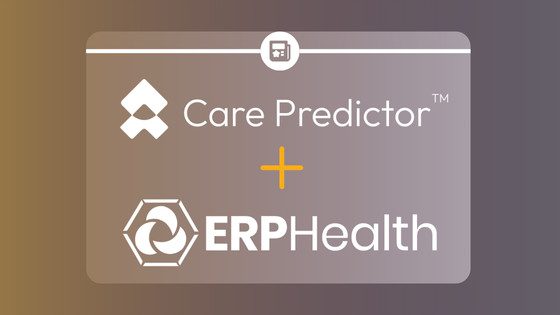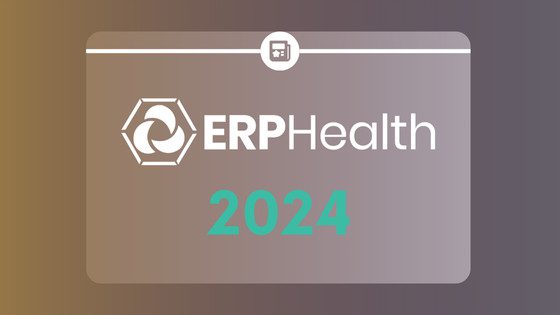
Press Releases
Depression Awareness: Bridging the Gap Between Mental and Physical Health through Integrated Care

Depression Awareness
While depression is an issue that warrants attention all year long, October is National Depression Awareness month so we’re taking the opportunity to shine a light on this issue that has widespread impact. According to the National Institutes of Mental Health, an estimated 21 million adults in the U.S. has had at least one major depressive episode, with prevalence higher among adult females (10.3%) than males (6.2%); highest among the 18-25 year old age group (18.6%) as well as those who report more than one race (13.9%). In addition, over 1 in 10 youth are experiencing depression that is severely impacting their ability to function at school, home, or with family and in their social lives.
Based on data reported by Mental Health America on the State of Mental Health in America, 16.4% of youth aged 12-17 report suffering from at least one major depressive episode and 11.5% of youth (over 2.7 million) are experiencing severe major depression. In the DSM-5, a major depressive episode is defined as encompassing a period of at least two weeks when an individual experiences depressed mood and loss of interest or pleasure in daily activities along with symptoms including problems with sleep, eating, energy, concentration, and/or self-worth. Unfortunately, approximately 60% of youth with major depression do not receive any treatment with Asian youth being the least likely to receive specialty mental health care. Nationally, only 28% of youth with severe depression receive some consistent treatment (7-25+ visits).
Depression & Physical Health
The connection between behavioral health and physical health is clear and has been well-established in the literature. People with common physical health conditions (diabetes, cardiac, cancer, obesity, etc.) have higher rates of mental health issues, with unipolar depression being the second largest contributor to disease burden – more than heart disease, alcohol use, and traffic accidents. Let’s consider diabetes, one of the most prominent medical conditions in the U.S., and the reciprocal relationship between depression and other mental health factors and physiological functioning.
According to an article in the Journal of the American Medical Association, individuals living with type 1 or 2 diabetes are at increased risk for depression, anxiety, and eating disorder diagnoses. Prevalence rates of depression could be up to three times higher in those with type 1 diabetes and twice as high in people with type 2 diabetes compared to the general population globally. Those with diabetes are 20 percent more likely to have anxiety than those without it and anxiety appears in 40 percent of diabetes patients. Unfortunately, less than half of those with diabetes who have depression ever get diagnosed and treated for it. The presence of depression and anxiety in diabetic patients results in:
- Worse prognosis for diabetes
- Poor glycemic control
- Decreased adherence to care plans
- More long-term complications
- Decreased quality of life
- Increased unemployment and work disability
- Increased mortality
Integrated Care is Essential
Effective integration of medical and behavioral care could save $26-$48 billion in annual healthcare costs. According to a report in Behavioral Health Business, patients with behavioral health conditions in addition to physical ones drive nearly 57 percent of all healthcare spending. However, very little of that money goes toward actually treating behavioral conditions.
Besides the obvious detrimental impact on the individual themselves, there is a negative impact on the entire healthcare system when behavioral health concerns are not adequately screened for and addressed. Knowing the impact that behavioral health has on physical functioning and medical illness, regular screening will allow for early intervention, decreasing the impact that behavioral health has on overall wellness and ability to improve medically.
According to the CDC’s National Ambulatory Medical Care Survey, there are approximately 15 million physician office visits annually where depressive disorders are listed as the primary diagnosis. Eleven percent of physician office visits and 12.5% of emergency department visits are accompanied by depression indicated on the medical record. Primary care settings provide about half of all mental healthcare for common psychological disorders. Unfortunately, medical providers often lack the time or training to help patients manage behavioral health problems in evidence-based ways — other than offering medication treatment. Because overall health is impacted by various factors, behavioral, physiological, and environmental, it is essential that interventions to address health issues include a multipronged approach.
Many behavioral health interventions are as effective as medical ones, and oftentimes comorbidities like depression are most effectively addressed with a combination of medical and behavioral intervention. While integrated care is increasingly popular, there is a qualitative difference between having access to a behavioral health provider who is located down the hall or is available via contracted referral and working collaboratively with a behavioral health provider who is co-located in the medical clinic and able to truly engage in cooperative patient care. Historically, the medical model has focused solely on addressing issues once they have occurred (putting out fires once they are already ablaze, if you will). Unfortunately, those fires are much more costly to the patient and to the system once they’re well-established and burning.
In response to this challenge, medical practice is making a shift toward a wellness model where routine screening is valued, maybe even rewarded, and is recognized as essential for making an impact on overall health outcomes and quality of life. Screening for depression and overall behavioral health should be as routine as having blood pressure taken prior to a medical exam and the opportunity to intervene on any areas of concern will have an equal or greater impact.



